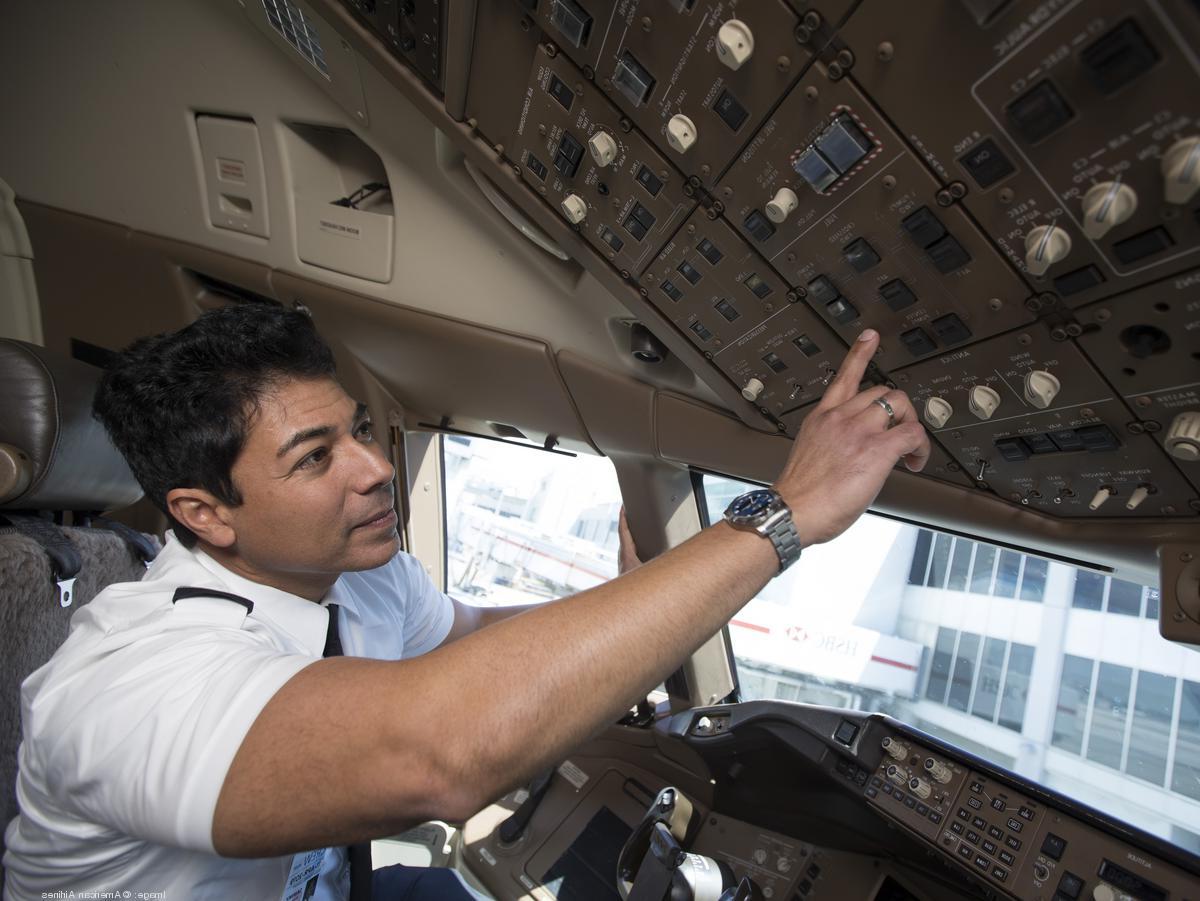
Airline route planning might seem like a straightforward task, but it's a complex puzzle involving many factors. Ever wondered why your flight takes a specific path or why some cities have more direct flights than others? Airlines consider a mix of demand, weather patterns, fuel efficiency, and even geopolitical issues. They also analyze passenger data, airport fees, and aircraft capabilities. This intricate process ensures that flights are safe, timely, and cost-effective. Understanding these factors can give you a new appreciation for the next time you board a plane. Ready to learn more about the fascinating world of airline route planning? Buckle up!
Key Takeaways:
- Airline route planning is a complex process that involves analyzing data, balancing economics, and meeting passenger needs to create efficient and profitable flight paths.
- Technology and partnerships are shaping the future of airline route planning, with advancements in real-time data, navigation systems, and sustainable fuel options paving the way for more eco-friendly and customer-focused routes.
The Complexity of Airline Route Planning
Airline route planning involves more than just connecting two points on a map. It requires a deep understanding of logistics, economics, and passenger demand. Here are some fascinating facts about this intricate process.
-
Airlines use sophisticated software to analyze potential routes. These programs consider factors like fuel costs, airport fees, and weather patterns.
-
Historical data plays a crucial role. Airlines study past travel trends to predict future demand and adjust routes accordingly.
-
Not all airports are created equal. Some have higher landing fees, which can influence route decisions.
Economic Factors in Route Planning
Economic considerations are at the heart of route planning. Airlines must balance profitability with passenger needs.
-
Fuel costs are a major factor. Airlines often choose routes that minimize fuel consumption to save money.
-
Ticket prices vary by route. Airlines adjust prices based on demand, competition, and operating costs.
-
Cargo revenue can influence route choices. Some routes are more profitable due to the high volume of cargo transported.
Passenger Demand and Preferences
Understanding passenger preferences is essential for successful route planning. Airlines must cater to their customers' needs to stay competitive.
-
Seasonal demand affects routes. Airlines often add or remove flights based on the time of year and holiday seasons.
-
Business travelers have different needs. Routes that cater to business hubs are often more frequent and offer better amenities.
-
Leisure travelers influence routes too. Popular vacation destinations see more flights during peak travel seasons.
Regulatory and Environmental Considerations
Airlines must navigate a complex web of regulations and environmental concerns when planning routes.
-
International routes require government approval. Airlines must negotiate with multiple countries to establish new routes.
-
Environmental regulations impact route planning. Airlines must consider carbon emissions and noise pollution when choosing routes.
-
Slot availability at airports is limited. Airlines must secure landing and takeoff slots, which can be highly competitive.
Technological Advancements in Route Planning
Technology has revolutionized the way airlines plan routes, making the process more efficient and accurate.
-
Real-time data helps airlines adjust routes on the fly. Weather changes and air traffic can be managed more effectively with up-to-date information.
-
Satellite navigation systems improve route efficiency. These systems allow for more direct flight paths, saving time and fuel.
-
Predictive analytics forecast demand. Airlines use advanced algorithms to predict future travel trends and adjust routes accordingly.
The Role of Alliances and Partnerships
Airline alliances and partnerships play a significant role in route planning, offering benefits to both airlines and passengers.
-
Code-sharing agreements expand route networks. Airlines can offer more destinations by partnering with other carriers.
-
Joint ventures allow for shared resources. Airlines can pool their resources to offer more competitive routes and services.
-
Frequent flyer programs influence route choices. Airlines often prioritize routes that benefit their loyal customers.
Future Trends in Airline Route Planning
The future of airline route planning looks promising, with new technologies and strategies on the horizon.
- Sustainable aviation fuels are being explored. Airlines are investing in alternative fuels to reduce their environmental impact and offer more eco-friendly routes.
The Final Approach
Airline route planning is a complex puzzle. It involves weather patterns, air traffic control, fuel efficiency, and passenger demand. Each flight path is meticulously crafted to ensure safety, minimize costs, and maximize convenience. Airlines use advanced software and data analysis to predict the best routes. They also consider geopolitical issues and airport capacities.
Understanding these factors helps us appreciate the effort behind every flight. Next time you board a plane, remember the intricate planning that got you there. It’s not just about getting from point A to B; it’s about doing so efficiently and safely.
So, the next time you look out the window at 30,000 feet, think about the countless variables that made your journey possible. Airline route planning is truly a marvel of modern logistics and technology. Safe travels!
Frequently Asked Questions
Was this page helpful?
Our commitment to delivering trustworthy and engaging content is at the heart of what we do. Each fact on our site is contributed by real users like you, bringing a wealth of diverse insights and information. To ensure the highest standards of accuracy and reliability, our dedicated editors meticulously review each submission. This process guarantees that the facts we share are not only fascinating but also credible. Trust in our commitment to quality and authenticity as you explore and learn with us.


